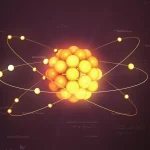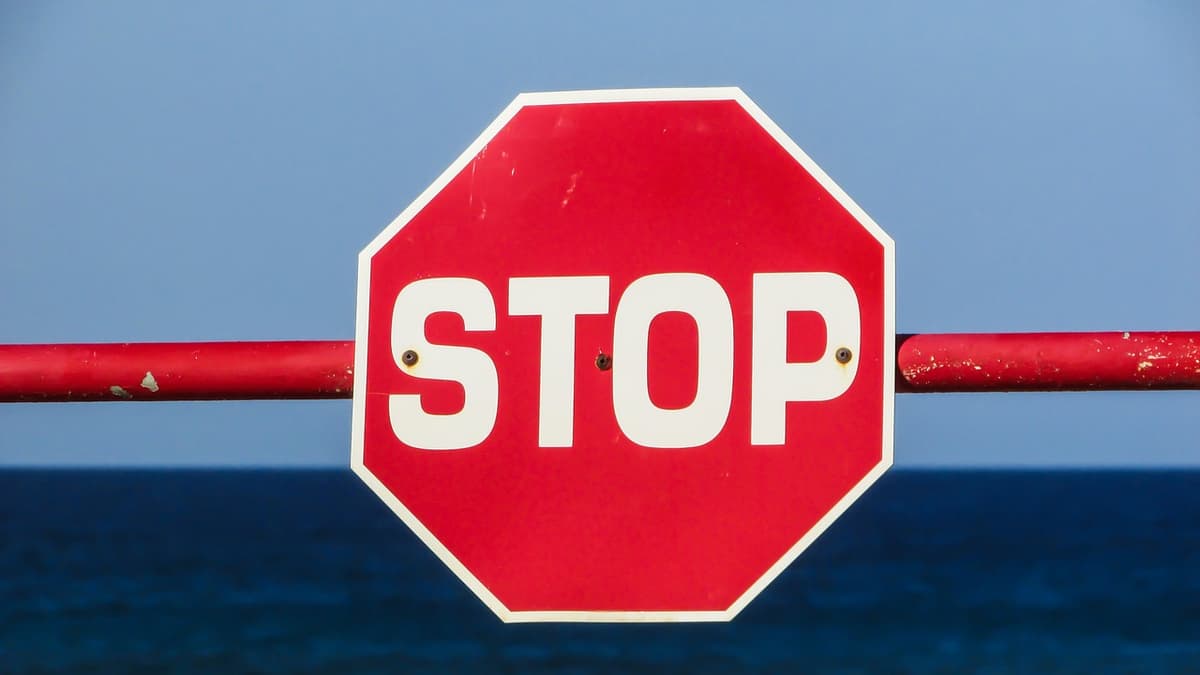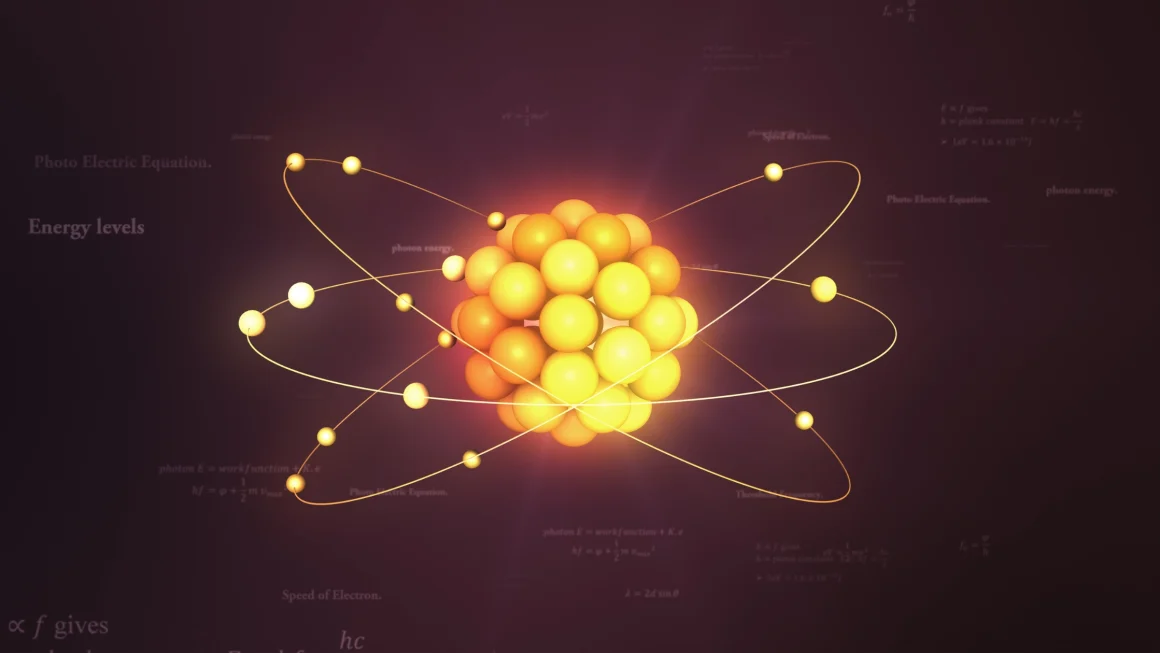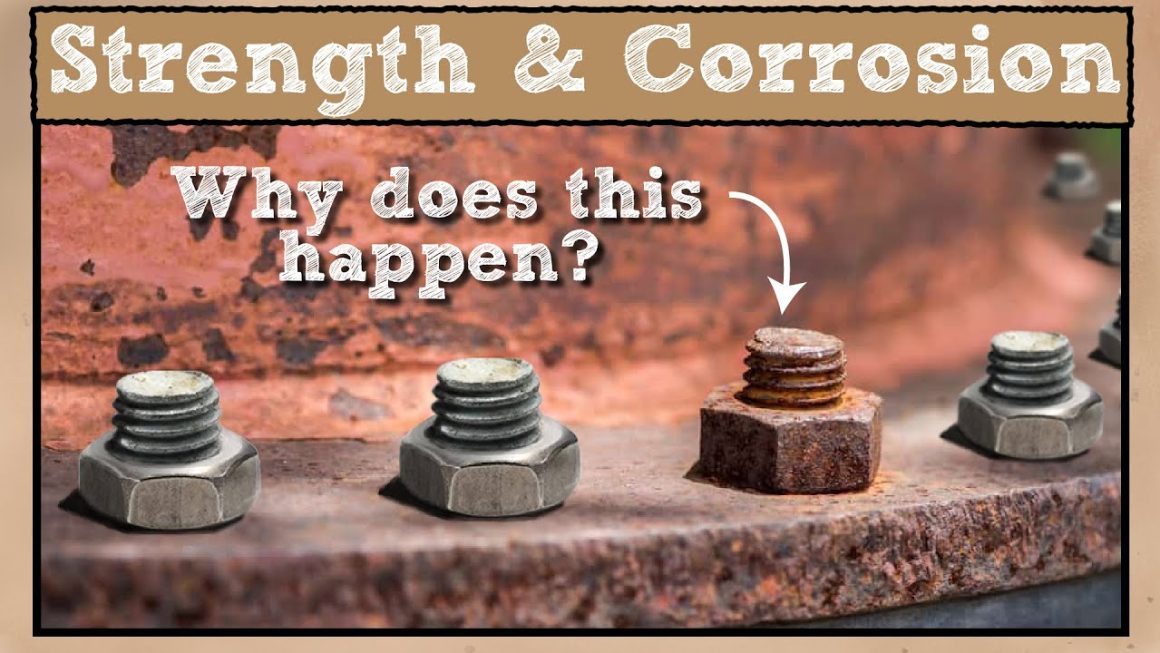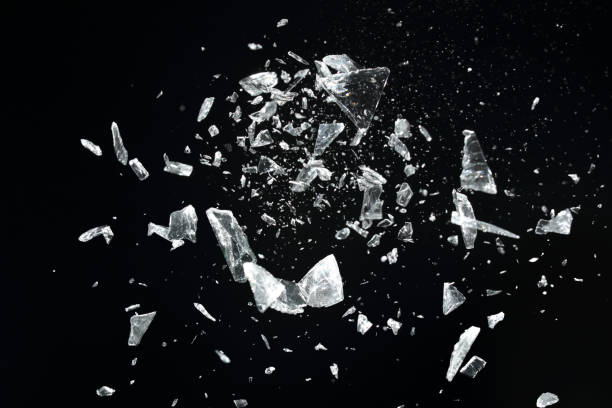What is the shape of a stop sign? I first asked myself that question on a warm summer afternoon when I was riding my old bicycle through the quiet streets of my hometown. The smell of freshly cut grass floated in the air, and the sound of cicadas made the day feel timeless. That’s when I stopped at an intersection, my hand resting on the brake, and looked up.
There it was—bold, red, and impossible to ignore. A stop sign. But this time, instead of just glancing at the word “STOP,” I really looked at it. My eyes traced the edges, counting them one by one. One… two… three… all the way to eight. Eight perfectly equal sides.
I had never thought about it before. Why eight sides? Why not a square, a triangle, or a circle? That question stuck with me like the smell of tar on a freshly paved road. Years later, I would find the answer—and the story was even more fascinating than I imagined.
What Is the Shape of a Stop Sign? The Simple Answer
Let’s answer the question directly: what is the shape of a stop sign? It’s an octagon—a polygon with eight equal sides and eight equal angles.
The octagon isn’t just random geometry. It’s a carefully chosen design that stands out from other road signs. Its uniqueness means that even if a stop sign is partially hidden by snow, leaves, or fog, drivers can still recognize it instantly just by its outline.
In most countries, the stop sign follows this exact design:
- Shape: Octagon (eight sides)
- Color: Red background with white border and letters
- Meaning: Mandatory stop, then proceed when safe
But the shape does far more than just hold the word “STOP.” It communicates urgency and authority before you even read the text.
The Origins of the Stop Sign Shape
The first stop signs appeared in Michigan, USA, in 1915. Back then, they weren’t octagons, and they weren’t even red—they were square and painted white with black letters.
By the 1920s, road traffic had exploded. Cities were busier, cars were faster, and accidents at intersections became a serious concern. The Mississippi State Highway Department proposed an idea in 1923 that would change road safety forever: use shapes to indicate the type of warning a sign carried.
- Circular signs for railroad crossings
- Diamond shapes for warnings
- Rectangles for information
- And the octagon for stop signs
Why the octagon? Because it was unique—unlike any other shape on the road. It could be recognized from the back as well, so even if you approached the sign from behind, you knew it was a stop sign.
How the Shape Became a Universal Symbol of Safety
The octagon design didn’t stop in Mississippi—it spread across the United States, and by 1954, the Vienna Convention on Road Signs and Signals began influencing road signage globally.
Today, the octagon stop sign is recognized in nearly every country in the world. Even if the word “STOP” is written in a different language—or replaced by a symbol—the shape itself communicates the same message: stop immediately.
Think about that for a moment: no matter where you go, you and a stranger who speaks no common language can understand the exact same rule because of a shape. That’s design at its most powerful.
Cultural Stories Behind the Shape
While researching what is the shape of a stop sign, I found something interesting—people see the octagon as more than just a traffic symbol.
In some places, old, faded stop signs are sold as collectibles. Artists paint them into cityscapes to symbolize pauses in life. In poetry, the octagon has been used as a metaphor for difficult choices: you arrive at an intersection in life and must decide whether to stop, wait, or move forward.
And then there’s the romantic side—photographers often capture couples under a stop sign, as if the shape is telling them to “pause and hold on to this moment.”
Scientific Reasons for Choosing This Shape
The octagon shape wasn’t chosen for beauty—it was chosen for science.
Our brains process shapes faster than words. When driving at high speeds, we need to react in fractions of a second. The octagon is so rare in everyday life that it stands out instantly. Its symmetry also means you can recognize it from any angle.
Add to that the color red—a shade that human eyes naturally notice first—and you have the perfect formula for an attention-grabbing safety sign.
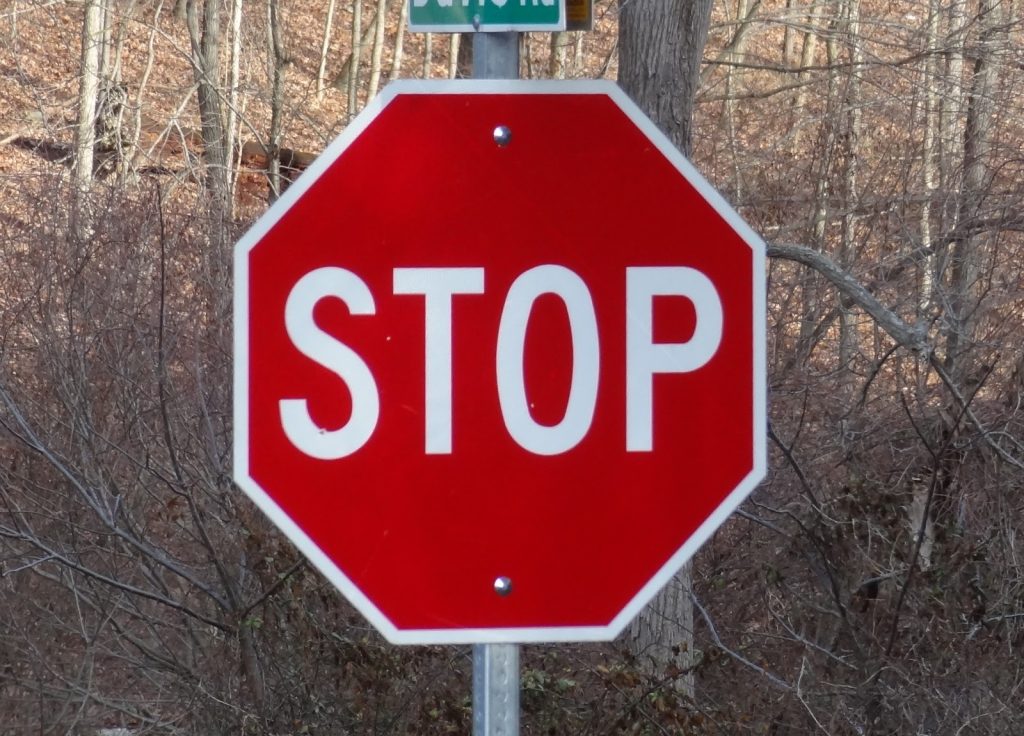
What If Stop Signs Had a Different Shape?
Imagine if stop signs were circles. They’d be too similar to speed limit signs.
If they were triangles, they’d look like yield signs, which could cause confusion and accidents.
If they were rectangles, they might be ignored entirely, blending in with street name signs.
The octagon shape works because it’s rare, commanding, and immediately identifiable.
Stop Sign Shape in Pop Culture and Media
The octagon stop sign has made its way into pop culture. In music videos, it often appears in scenes where the artist wants to say “stop and think.” In cartoons, it’s a comedic tool—characters crash into them, hide behind them, or use them as shields.
Even fashion designers have printed the iconic red octagon on T-shirts, hats, and jackets.
Global Variations of the Stop Sign Shape
The octagon is almost universal—but not entirely.
- Japan once used a red triangle for stop signs until 1963, when they switched to the octagon.
- Israel uses the octagon shape but with Hebrew text.
- Ethiopia uses the shape with Amharic letters.
Despite these differences in language, the eight-sided design keeps the meaning consistent.
Why This Shape Still Works Today
Even with modern technology—GPS warnings, digital dashboards, and road sensors—the octagon stop sign hasn’t become obsolete.
Its shape, color, and meaning are so ingrained in our minds that no digital alternative could replace it without massive retraining of drivers worldwide.
The Shape as a Lesson in Communication
What is the shape of a stop sign isn’t just a geometry question—it’s a lesson in how humans understand symbols.
A single shape can tell a story, deliver a command, and save lives—all without saying a word. That’s powerful communication.
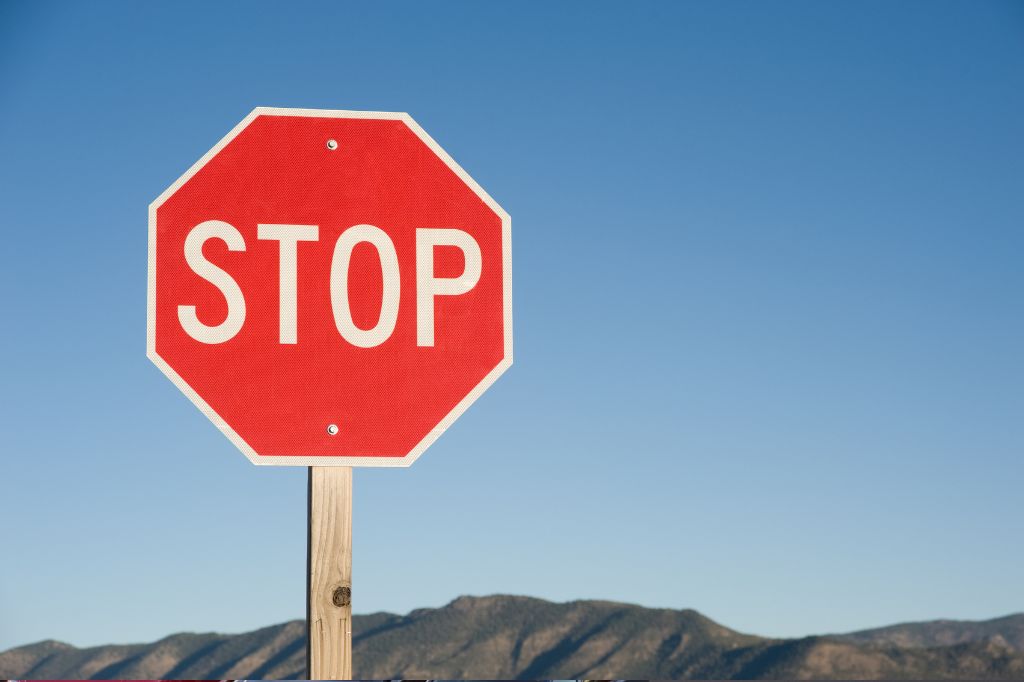
Visit our website for more updates and stories
Final Thoughts: More Than Just a Traffic Symbol
The next time you pass a stop sign, remember:
It’s not just eight sides and a red background. It’s a design born from history, shaped by science, and kept alive by its effectiveness.
The octagon has guided millions of drivers, prevented countless accidents, and become one of the most recognizable shapes on Earth.
So when someone asks you what is the shape of a stop sign, you can smile and say:
“It’s an octagon—and it’s one of the smartest shapes ever chosen.”



